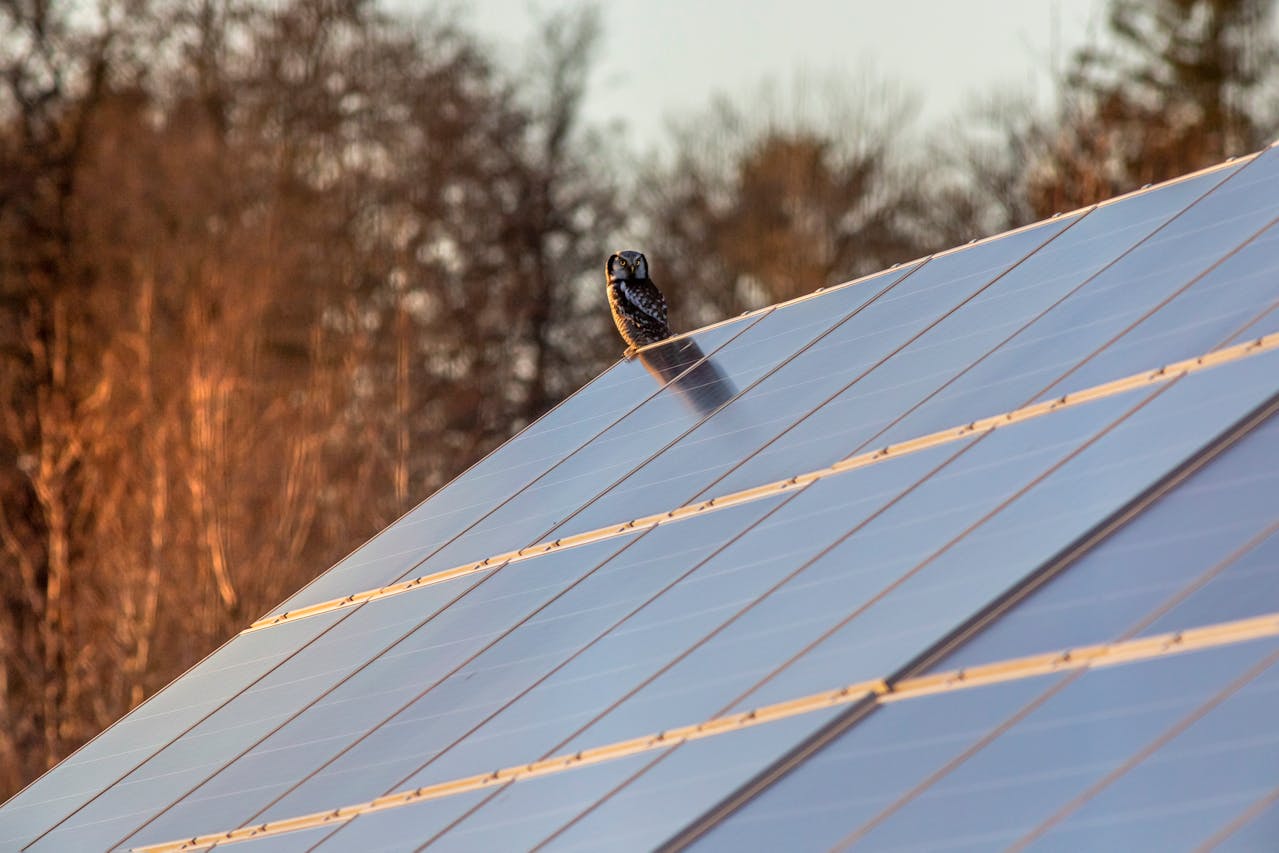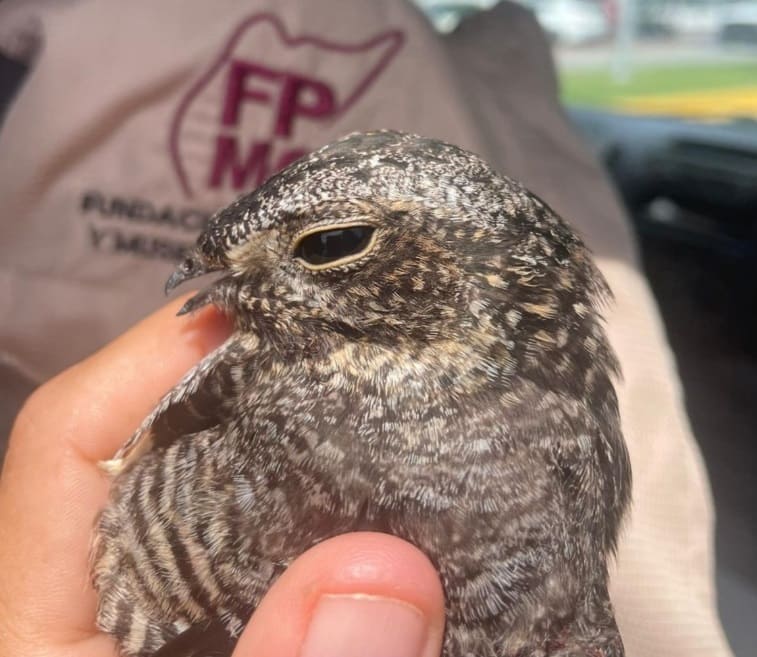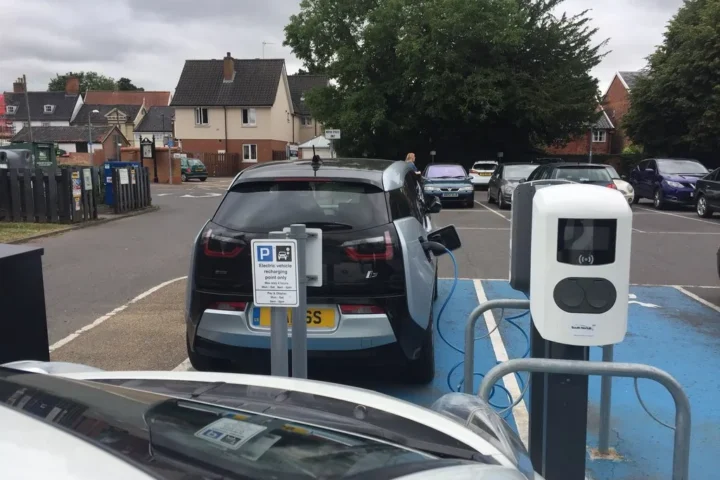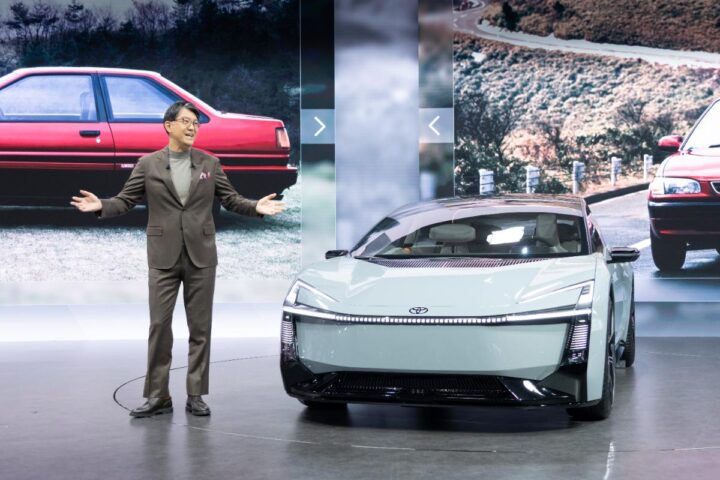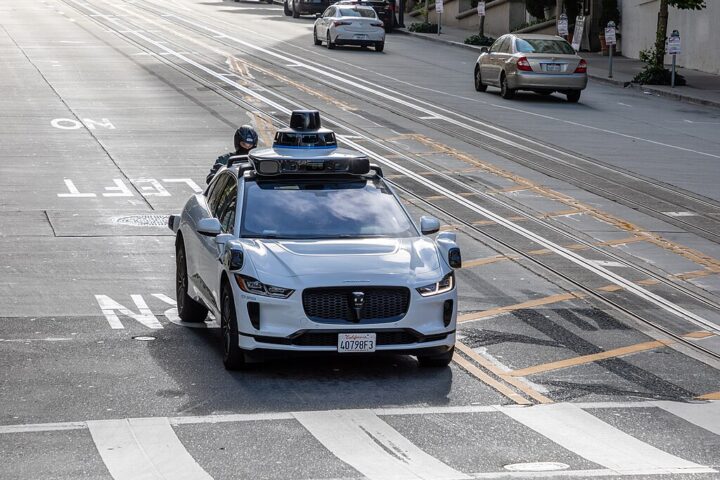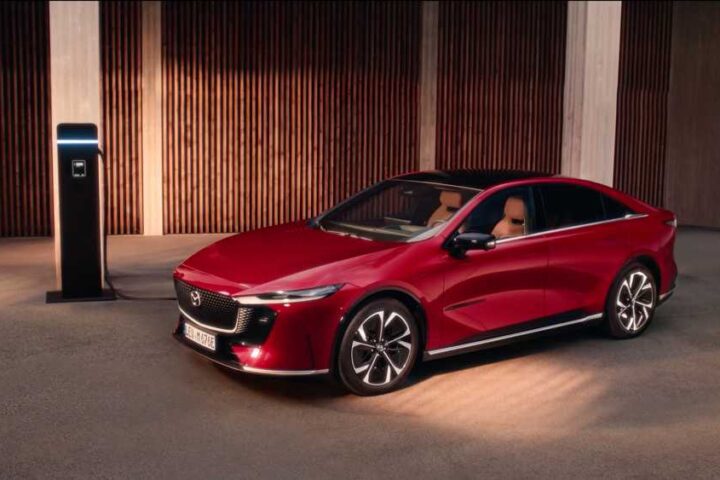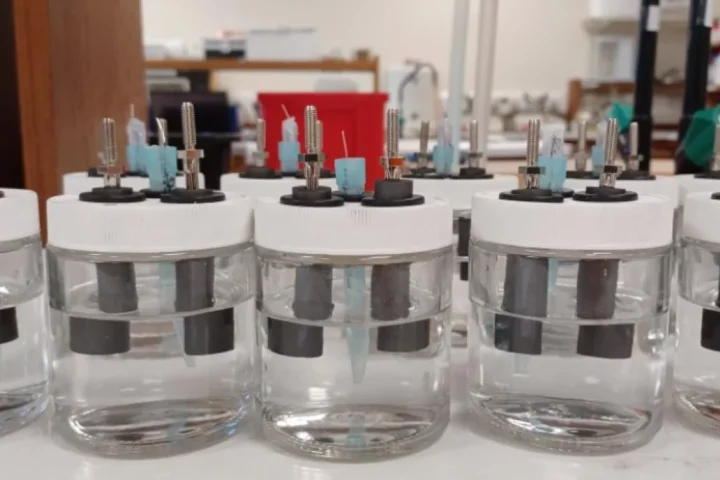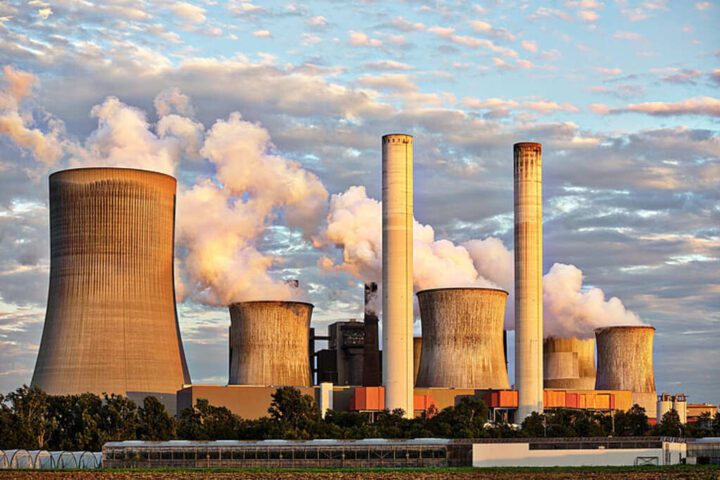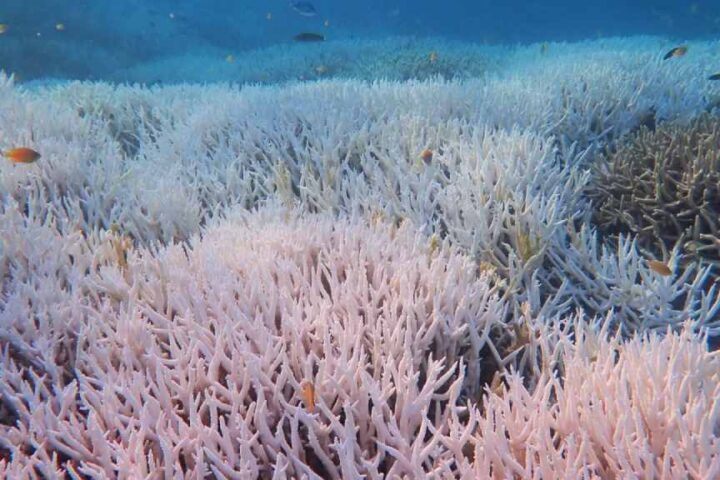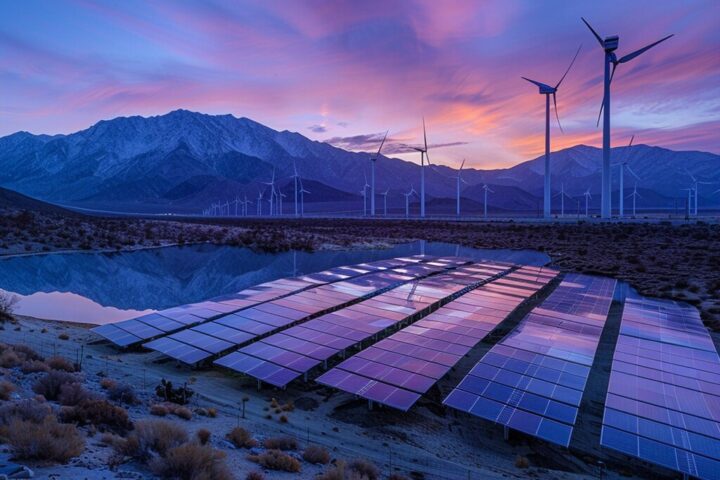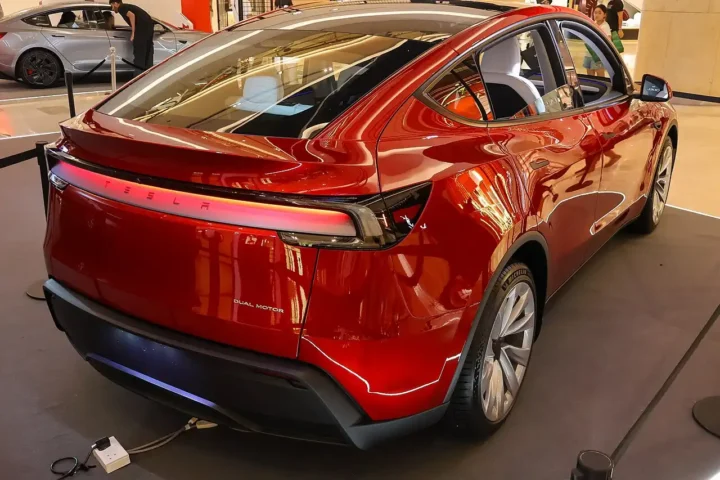The U.S. Department of Energy’s Solar Energy Technologies Office has unveiled an $11 million funding opportunity through the Solar with Wildlife and Ecosystem Benefits 2 (SolWEB2) program, targeting the growing tension between large-scale solar facilities and wildlife habitats.
Over 5,000 large-scale solar facilities now dot the American landscape, built in just the past decade. This rapid proliferation of utility-scale installations has created unprecedented challenges for wildlife preservation and agricultural land use.
The SolWEB2 program will fund three to eight projects focused on research, development, technical assistance, and stakeholder engagement. Applicants must submit concept papers by February 14, 2025, at 5 p.m. ET. An informational webinar is scheduled for January 9, 2025, at 3 p.m. ET.
Similar Posts
Public Opposition and Land Use Reality
The rush to solar has met stiff resistance at the local level. Neighbors living near proposed installations have mounted opposition campaigns. Municipal boards across the country have responded by passing legislation to ban utility-scale projects outright. This opposition stems from genuine concerns about land use conflicts and habitat disruption.
The expansion shows no signs of slowing, even as wildlife corridors shrink and agricultural lands face mounting pressure from development. The solar industry’s growth trajectory suggests thousands more installations will be needed, intensifying these conflicts.
Agrivoltaics: Dual Land Use
The program prioritizes agrivoltaic systems – an approach that combines solar arrays with continued farming or grazing beneath the panels. Early projects have demonstrated that careful design can maintain agricultural productivity while adding clean energy generation.
Environmental Priorities
The funding aims to improve solar facility siting processes and develop strategies that protect local ecosystems. This includes examining how different configurations and locations impact wildlife movement and habitat use.
The DOE will evaluate proposals based on their potential to create practical solutions for balancing clean energy goals with conservation needs. Full application guidelines are available through the SETO website.
